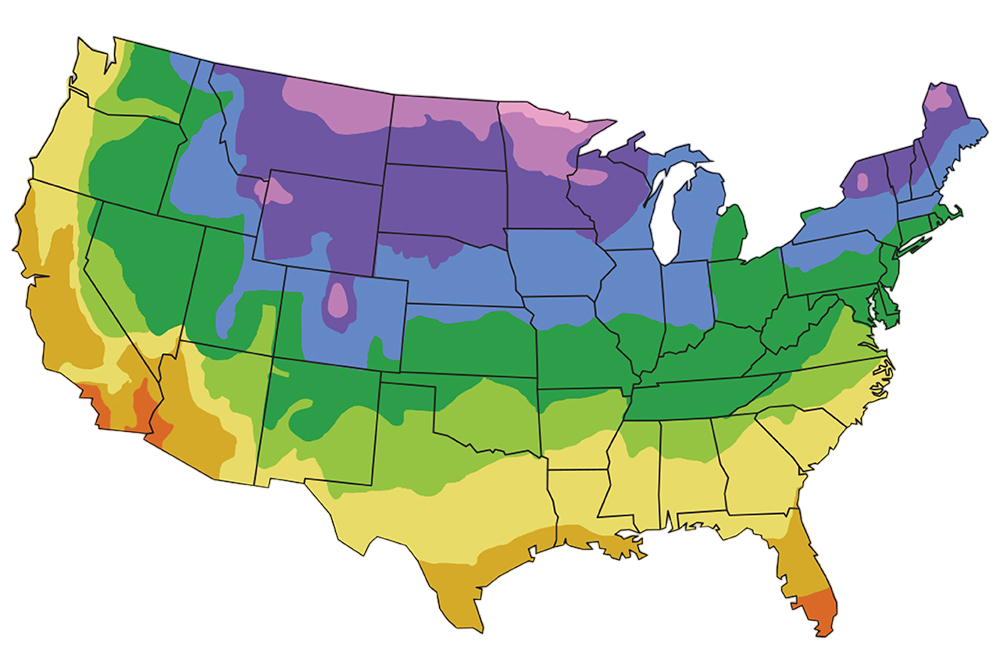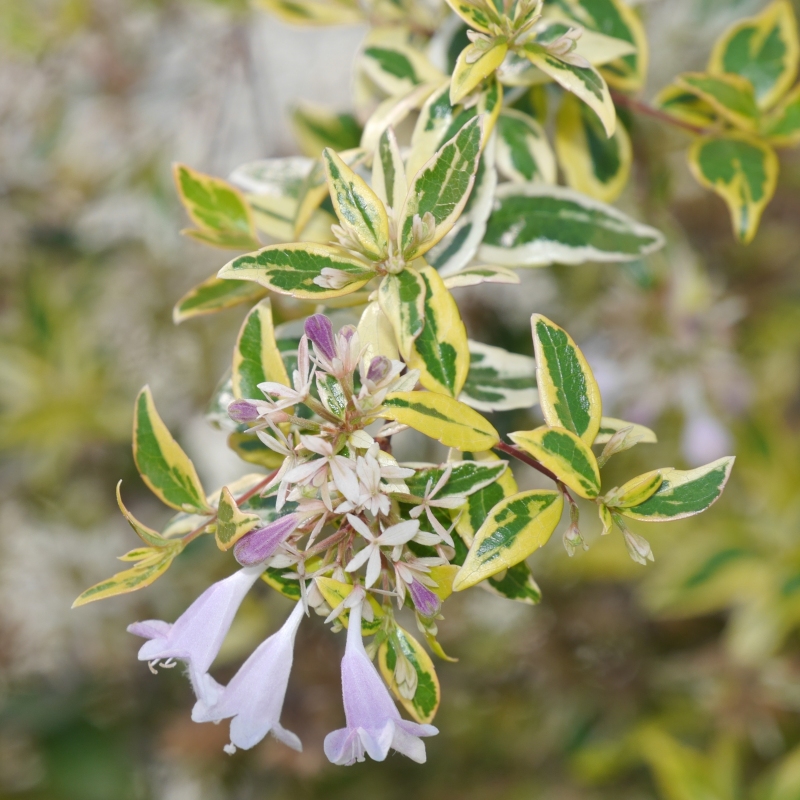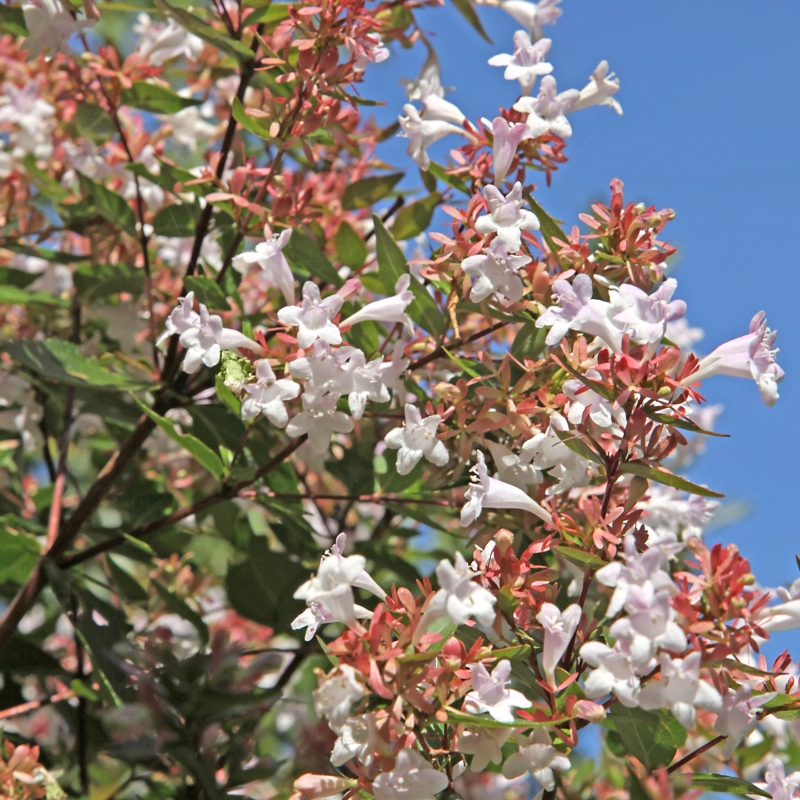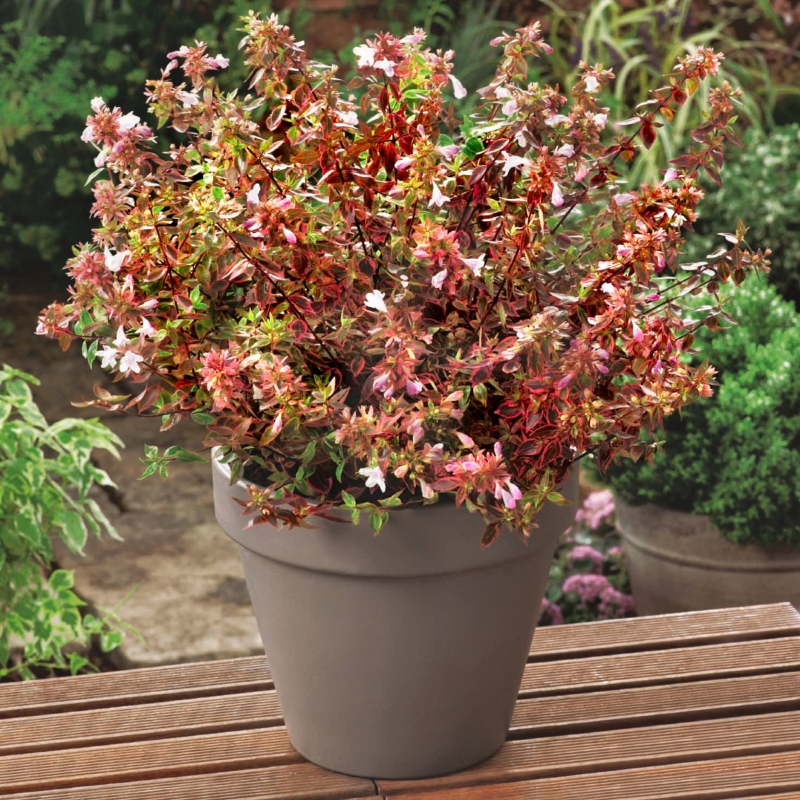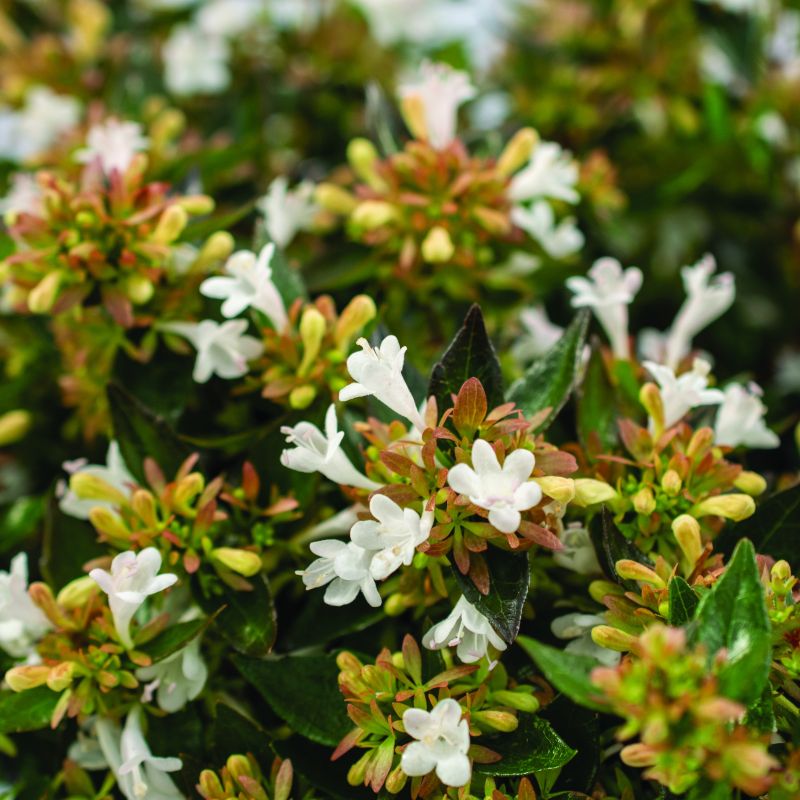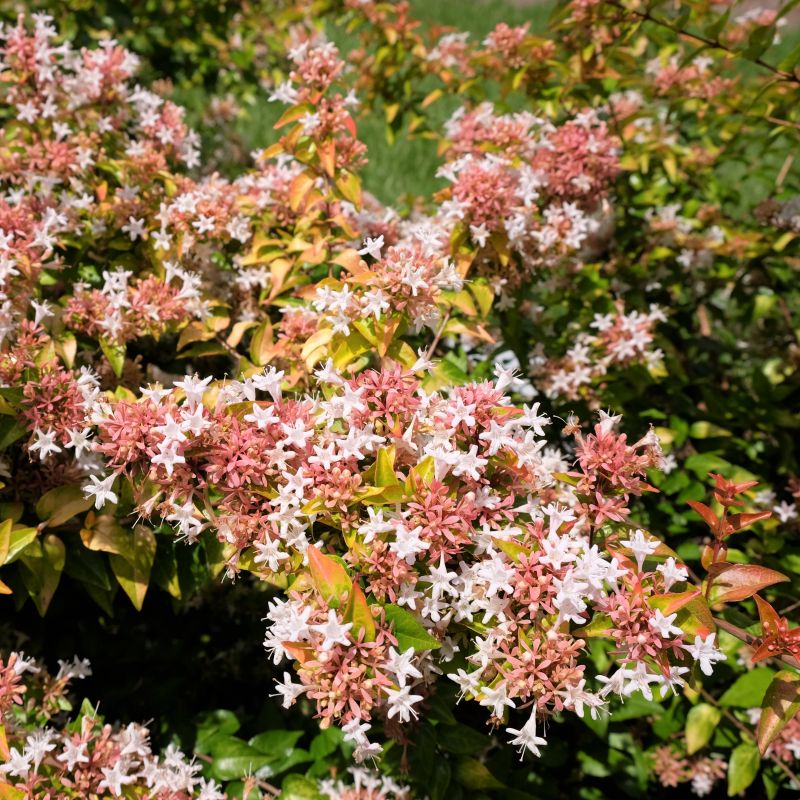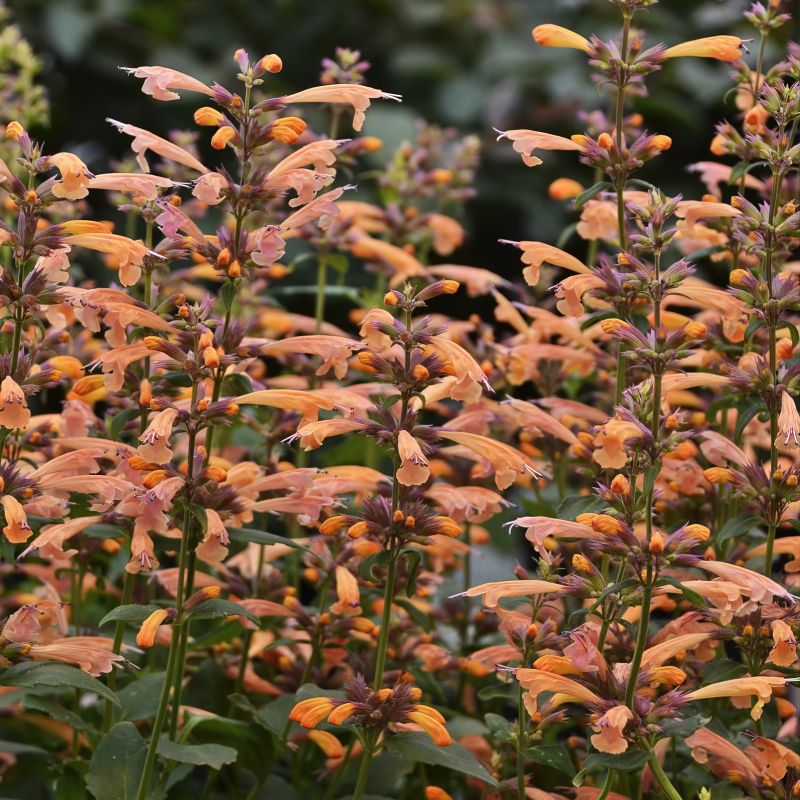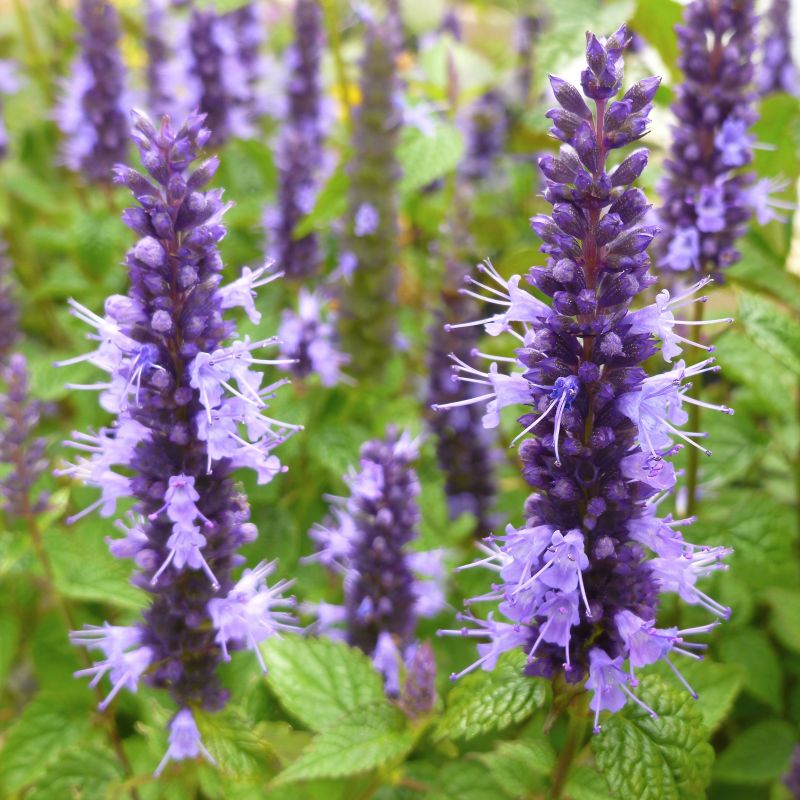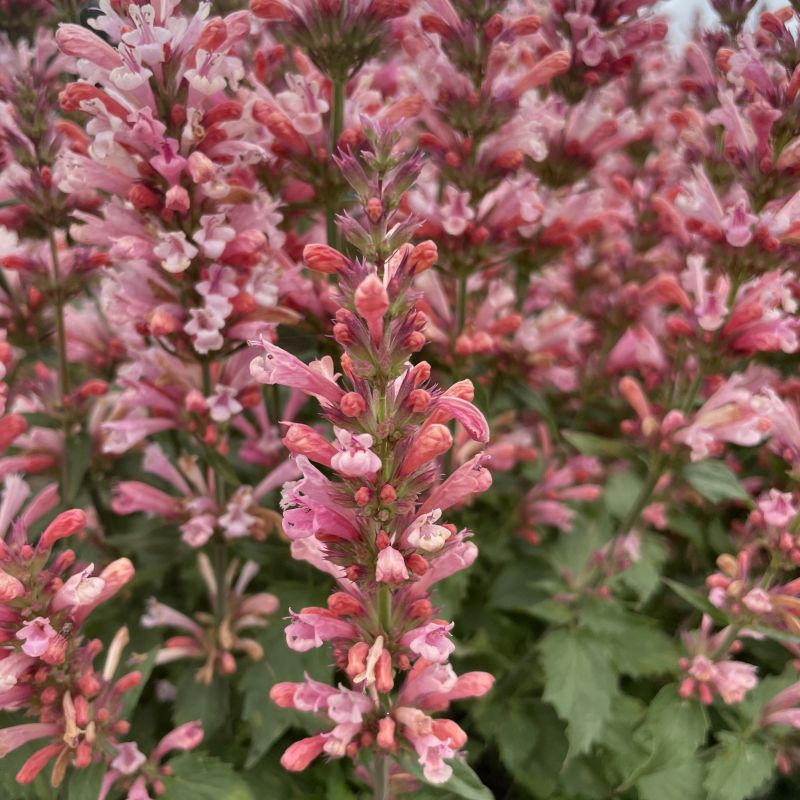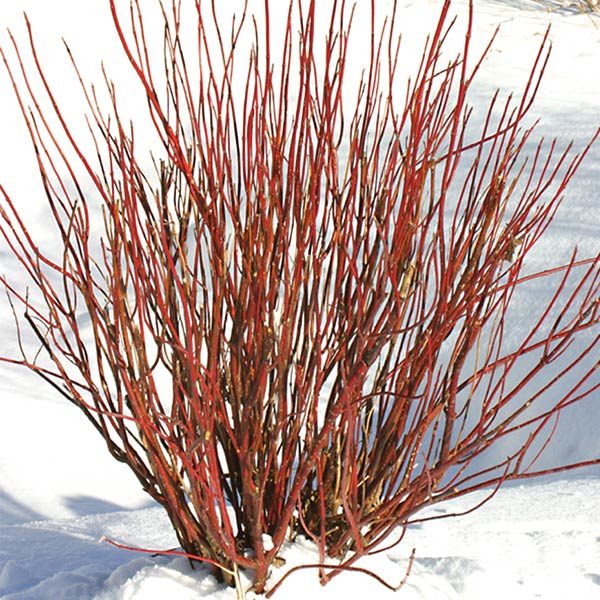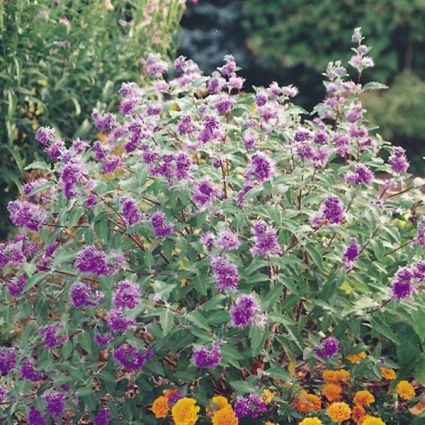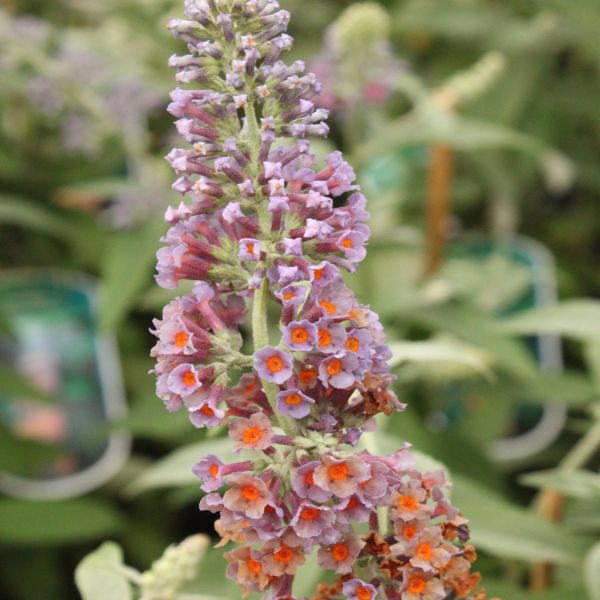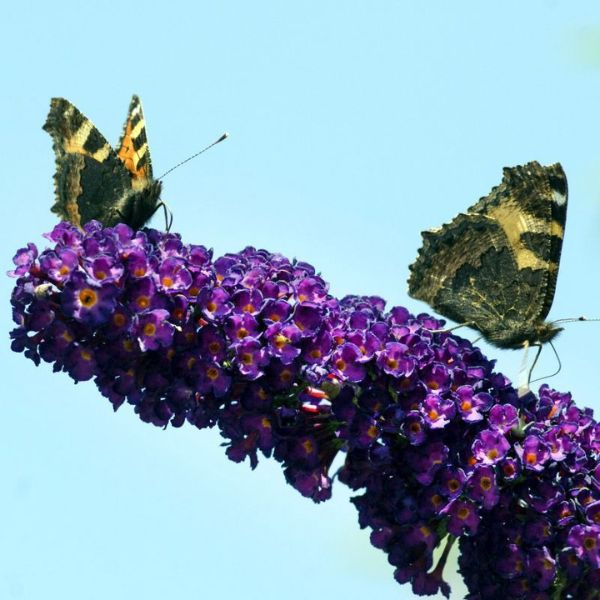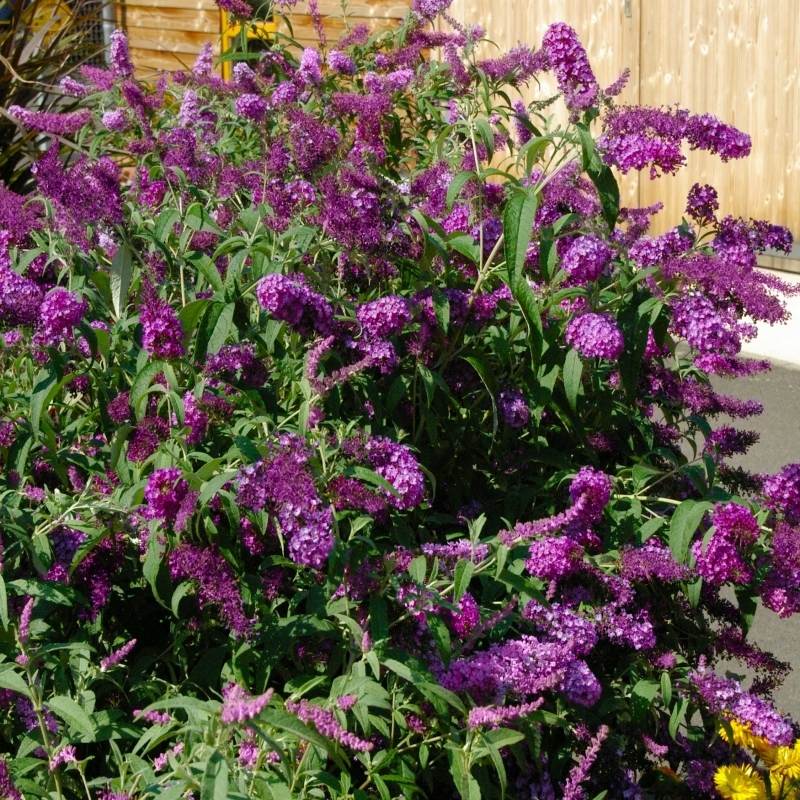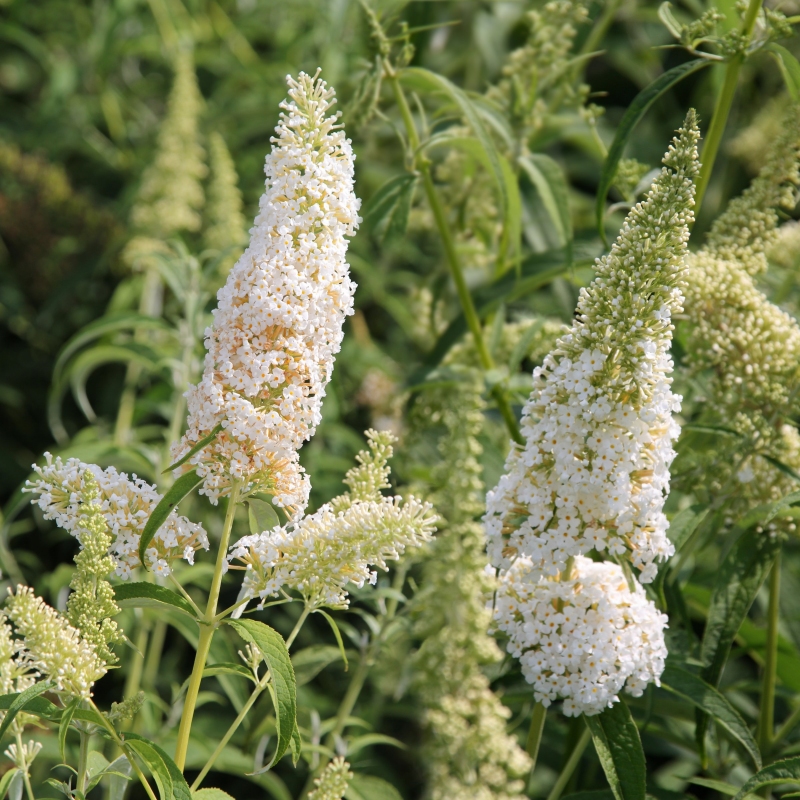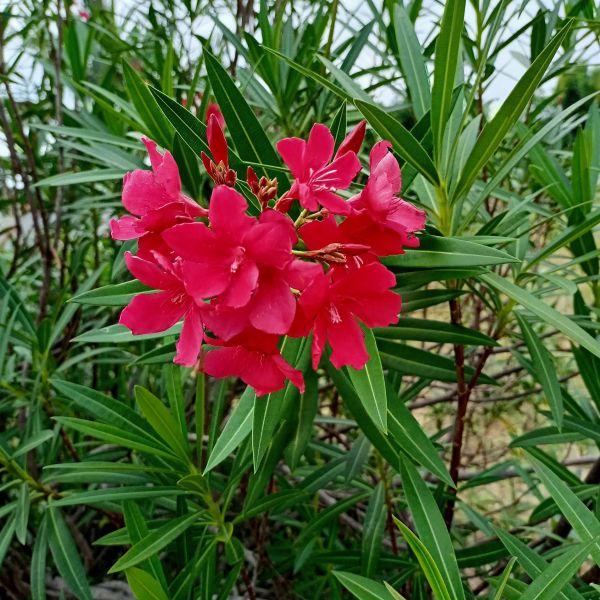
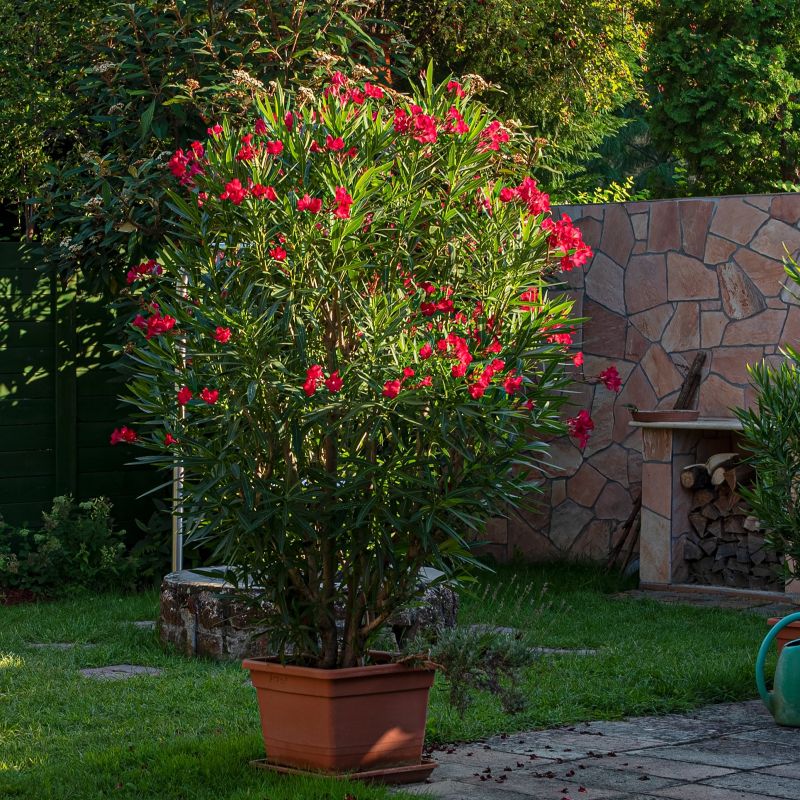
Red Oleander
Nerium oleander (Red cv)
13 reviews
Red Oleander
Nerium oleander (Red cv)
13 reviews
- Produces beautiful red flowers
- Tolerant of hot and dry conditions
- Attracts butterflies and hummingbirds
- Recommended by landscape designers for optimal fit in real yards
$137.00
$196.00
30% Off
- Ships to 43215 in 3 to 7 days
- Free Shipping Over $150
- Plant Arrival Guarantee
- In Stock
- Free Plant Consult
$200 - Landscape-Approved: Every Plant We Sell Comes With Design Expertise Behind It
3.5 Gallon
Not just beautiful - intentionally selected by ShrubHub's 3D landscape design team to fit real-world spaces and maximize yard potential.
Why Red Oleander?
Red Oleander (Nerium oleander (Red cv)) is a highly toxic plant that contains cardiac glycosides, making it dangerous if ingested. Despite its beautiful red flowers, all parts of the plant are poisonous to humans and animals. It is important to handle this plant with caution and keep it out of reach of children and pets to avoid any potential harm.
People who loved this plant also bought
Sunlight
Red Oleander requires full sun to thrive and bloom abundantly. It should be planted in a location that receives at least 6-8 hours of direct sunlight daily. Inadequate sunlight can result in poor growth and limited flowering.
Watering
Red Oleander plants are drought-tolerant and only require watering when the top 2-3 inches of soil is dry. Water deeply and thoroughly, allowing the soil to dry out between waterings to prevent root rot. Mulching can help retain moisture in the soil.
Fertilizing
Red Oleander plants benefit from a balanced fertilizer with a higher phosphorus content to promote flowering. A slow-release, general-purpose fertilizer applied in the spring and summer months is recommended, with additional feedings every 4-6 weeks during
Red Oleander (Nerium oleander - Red cv)
The Red Oleander, scientifically known as Nerium oleander, is a stunning flowering shrub that adds a pop of color to any garden. This particular cultivar features vibrant red flowers that bloom in clusters during the warmer months.
Red Oleander is a versatile plant that can be grown as a shrub or small tree, reaching heights of up to 12 feet. It is an evergreen plant with dark green, leathery leaves that provide a lovely backdrop for the striking red blooms.
This plant is easy to care for and thrives in sunny locations with well-draining soil. It is drought-tolerant once established and requires minimal pruning to maintain its shape. However, it is important to note that all parts of the Red Oleander plant are toxic if ingested, so it is best to plant it in areas that are inaccessible to pets and children.
Whether planted in a tropical garden, Mediterranean-style landscape, or as a focal point in a mixed border, the Red Oleander is sure to add beauty and interest to any outdoor space.
Plant Information:
| Botanical Name: | Nerium oleander (Red cv) |
| USDA Zones: | 8 - 11 |
| Water: | Moderate to Low |
| Exposure: | Full Sun |
| Soil Needs: | Well Drained |
| Mature Height: | 7 - 15 feet |
| Mature Spread: | 8 - 12 feet |
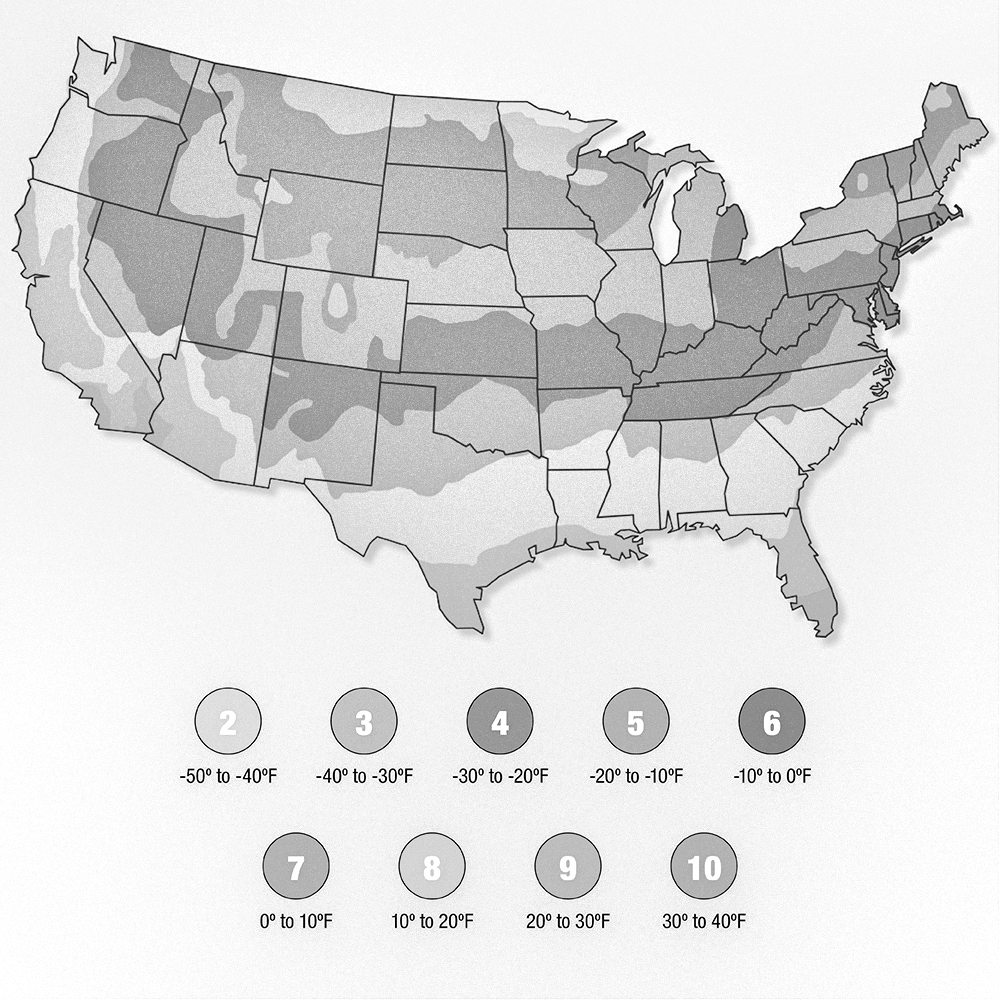
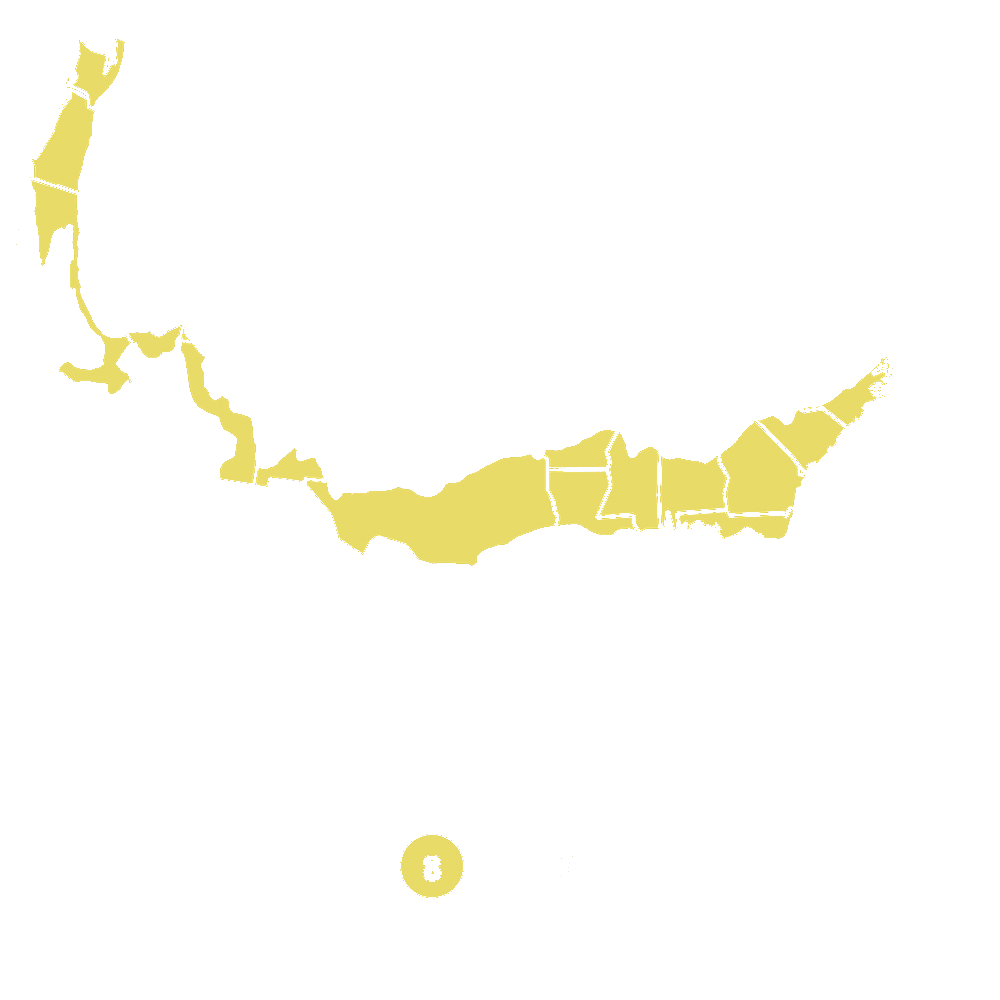
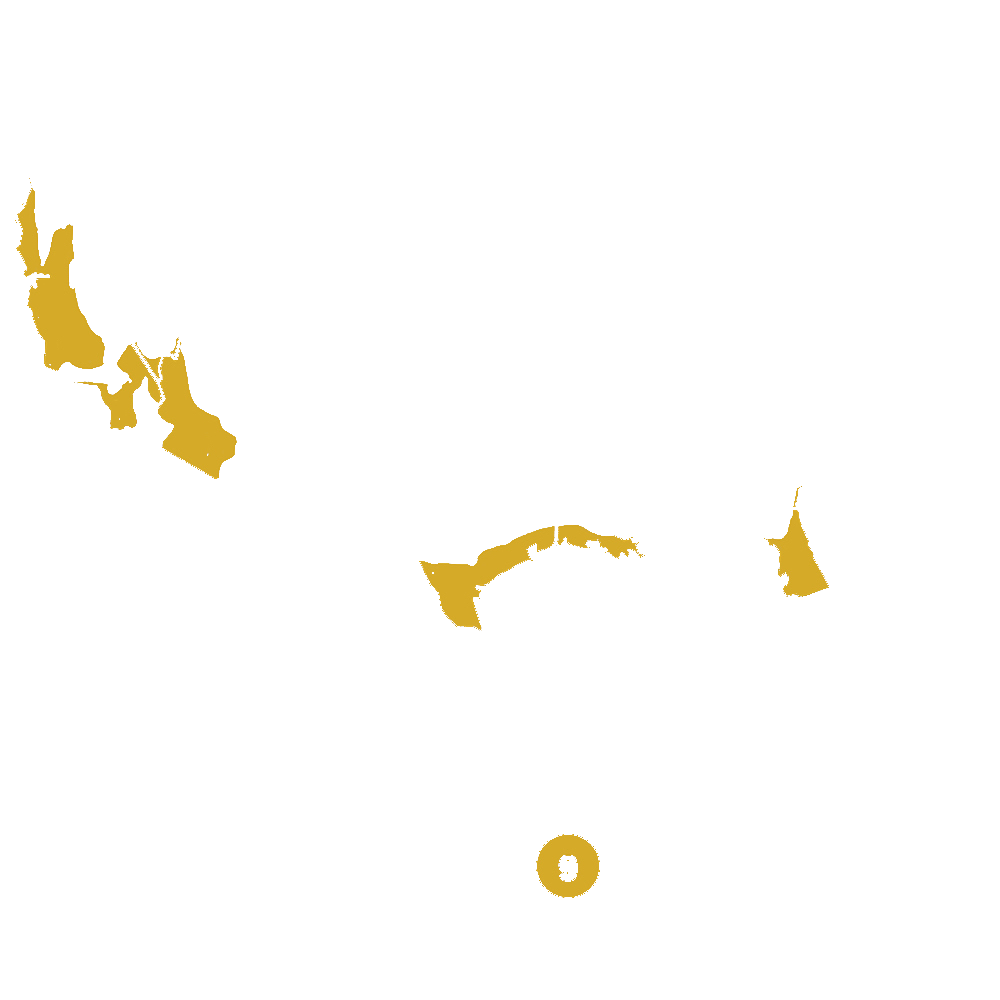

Pollination Info
Pollination Info for Red Oleander (Nerium oleander (Red cv))
The red oleander, also known as Nerium oleander, is a popular flowering shrub that attracts pollinators such as bees, butterflies, and hummingbirds with its colorful blooms. It is a member of the dogbane family Apocynaceae and is native to North Africa, the Mediterranean region, and Southeast Asia.
Pollination Mechanism:
Red oleander has showy clusters of red flowers that are rich in nectar, making them attractive to pollinators. Bees are the primary pollinators of oleander, as they are drawn to the sweet nectar and colorful blooms. Butterflies and hummingbirds are also known to visit red oleander flowers for nectar.
Pollination Importance:
Pollination is crucial for the reproduction of red oleander plants. When pollinators visit the flowers to collect nectar, they inadvertently transfer pollen from one flower to another, leading to successful fertilization and seed production. This process ensures genetic diversity and the continuation of the species.
Conservation:
It is important to protect pollinators such as bees, butterflies, and hummingbirds to ensure the pollination of red oleander and other plants in the ecosystem. Increasing urbanization and pesticide use have threatened pollinator populations, highlighting the need for conservation efforts to safeguard plant pollination.
FAQ
Red Oleander (Nerium oleander Red cv) FAQ
What is Red Oleander?
Red Oleander (Nerium oleander Red cv) is a flowering shrub with dark green leaves and vibrant red flowers. It is a popular plant for landscaping due to its beauty and ability to thrive in a variety of climates.
How do I care for Red Oleander?
Red Oleander requires full sunlight and well-draining soil. It is drought-tolerant once established, but will benefit from regular watering during dry periods. Prune the plant after flowering to maintain its shape and promote new growth.
Is Red Oleander toxic?
Yes, all parts of the Red Oleander plant are highly toxic if ingested. It should be planted away from children and pets, and caution should be taken when handling the plant.
Can Red Oleander be grown in containers?
Yes, Red Oleander can be grown in containers as long as they have good drainage. Use a well-draining potting mix and water regularly to keep the soil moist but not waterlogged.
How do I propagate Red Oleander?
Red Oleander can be propagated from seeds or cuttings. Collect seeds from the plant after flowering and sow them in a seed tray filled with a well-draining potting mix. Cuttings can be taken in spring or summer and placed in a potting mix to root.
What pests and diseases affect Red Oleander?
Red Oleander is susceptible to aphids, scale insects, and spider mites. Regularly inspect the plant for any signs of infestation and treat with insecticidal soap or neem oil if necessary. It can also be affected by fungal diseases such as powdery mildew and leaf spot.
How do I overwinter Red Oleander?
If you live in a region with cold winters, you may need to overwinter Red Oleander indoors. Place the plant in a sunny location and reduce watering during the dormant period. Trim back any leggy growth in early spring before moving it back outside.
Planting & Care
Planting and Care for Red Oleander
Red oleander (Nerium oleander) is a beautiful and versatile shrub that is perfect for adding color to your garden or landscape. Follow these steps to plant and care for your red oleander:
Planting:
- Choose a location that receives full sun to partial shade.
- Ensure the soil is well-draining and rich in organic matter.
- Dig a hole that is twice as wide and just as deep as the root ball of the plant.
- Place the red oleander in the hole and backfill with soil, tamping down gently to remove air pockets.
- Water thoroughly after planting.
Care:
- Water regularly, especially during the hot summer months.
- Apply a balanced fertilizer in the spring to promote blooming.
- Prune as needed to maintain shape and encourage new growth.
- Watch for pests such as aphids and scale, and treat as needed.
- Red oleander is drought-tolerant once established but will benefit from regular watering.
With proper care, your red oleander will reward you with beautiful blooms and lush foliage for years to come.
Check Out These Verified Customer Reviews:
Customer Reviews
4.8 out of 5 based on 13 reviews
Thank you! Your review has been submitted.
Beautiful red color, exactly as pictured.
The Red Oleander was even more beautiful in person. The color is vibrant and the quality is top-notch.
Item was in perfect condition upon arrival.
Item has been added to your cart.

